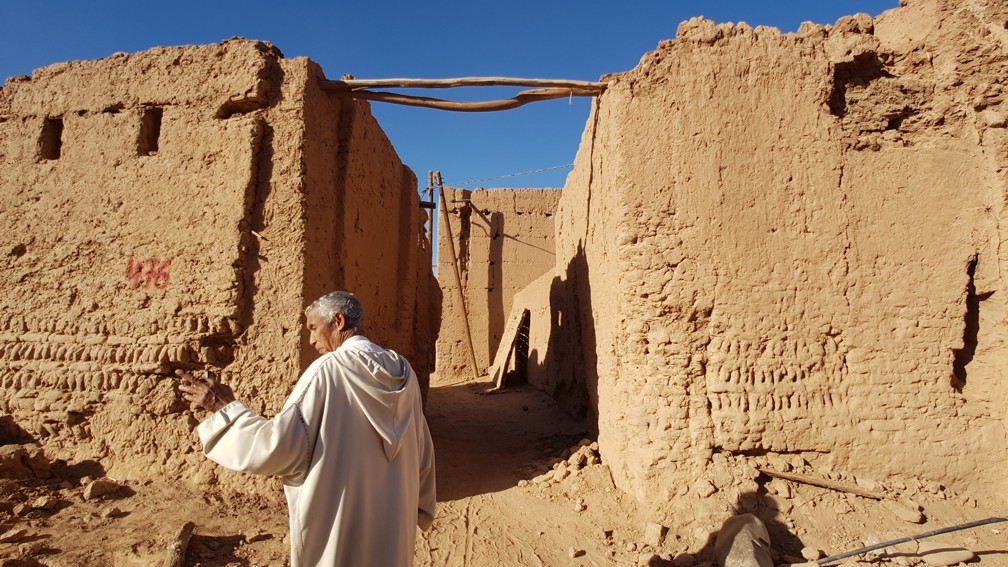The research team from Jewish Traces in the Southern Morocco published an article on the project and its technical aspects “Earthen Jewish Architecture of Southern Morocco: Documentation of Unfired Brick Synagogues and Mellahs in the Drâa-Tafilalet Region”, which was published in the periodical Applied Sciences.
We congratulate our colleagues on the publication and wish the readers a pleasant reading.
The electronic version is freely available under open access on the publisher’s website: https://www.mdpi.com/2076-3417/11/4/1712/htm
Abstract
This article seeks to highlight the vanished and not-so-well-known material culture of historical southern Moroccan Jewry. Jewish settlements could be found practically in the whole of North Africa before the Second World War; however, afterwards, it almost completely disappeared due to the political changes in the region and the establishment of the state of Israel. In southern Morocco, the last Jewish communities were present until the 1950s. Thanks to the interest of the Moroccan authorities, an effort has been made to restore some monuments and keep them as part of the cultural heritage that has attracted foreign tourists for the last few years. As part of the expeditionary research of Charles University and the Czech Technical University in Prague, several documentation projects were carried out in 2020, some of the results of which are described in this paper. Modern automatic methods of geomatics, such as easy to use laser scanning, mobile laser scanning in PLS modification (personal laser scanning), and close-range photogrammetry were used. The results of documentation were processed in the form of 3D models and basic plans, which are used mainly for analyzing residential zones of the Jewish population, the so-called mellahs. In this article, two case projects are described. In both cases, all the mentioned documentation methods were used. The technologies used were analyzed in terms of data collection speed, price, transport, and possible difficulties in use. The PLS technology is relatively new and still under development, such as miniaturising of other measuring instruments. Accuracy testing and usability of above-mentioned technology in cultural heritage documentation real practice is the benefit of this research. Finally, a second aim was to provide information of abandoned cultural places and constructions, which are on the edge of interest and endangered by destruction. It clearly shows that PLS technology is very fast and suitable for these types of objects.





